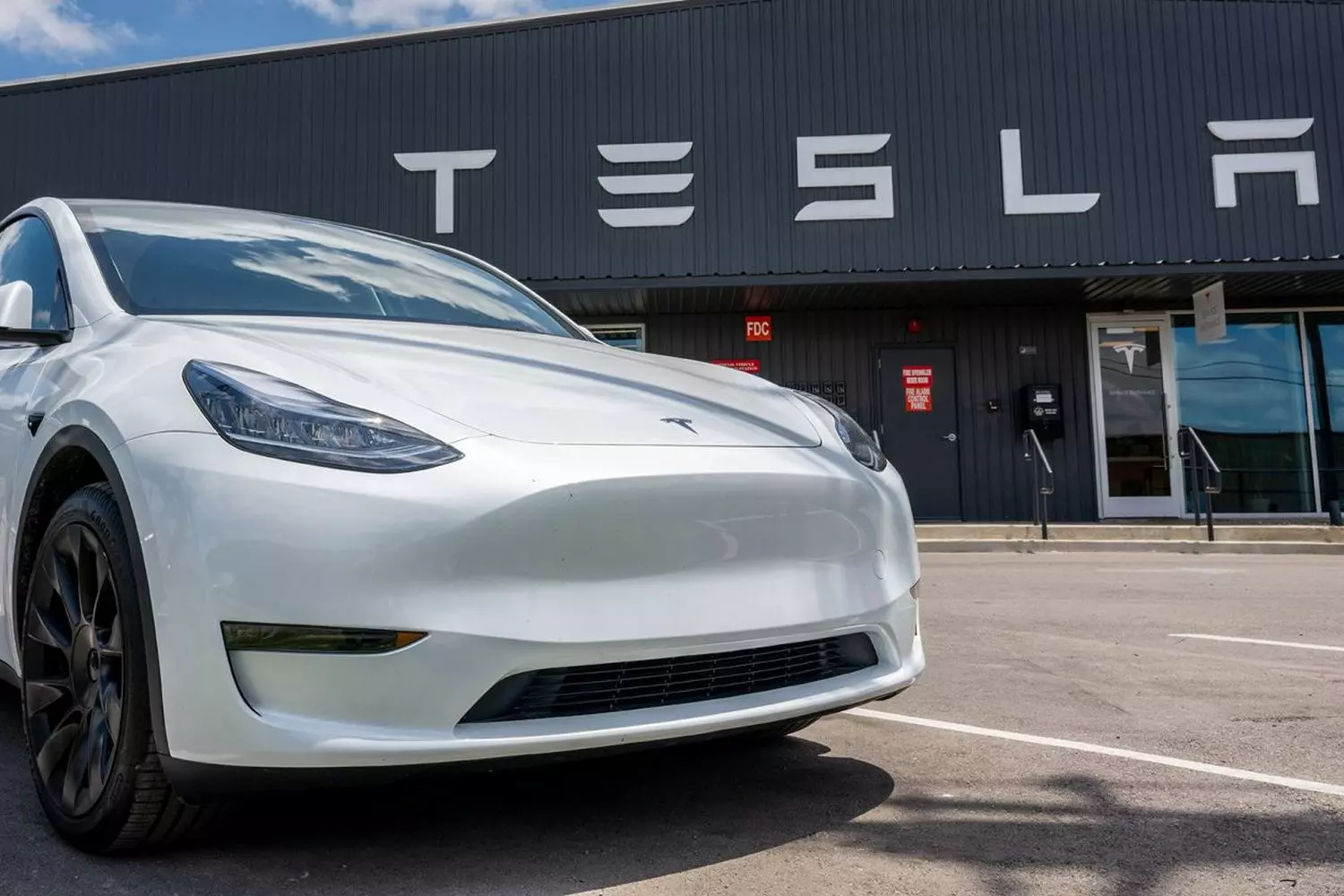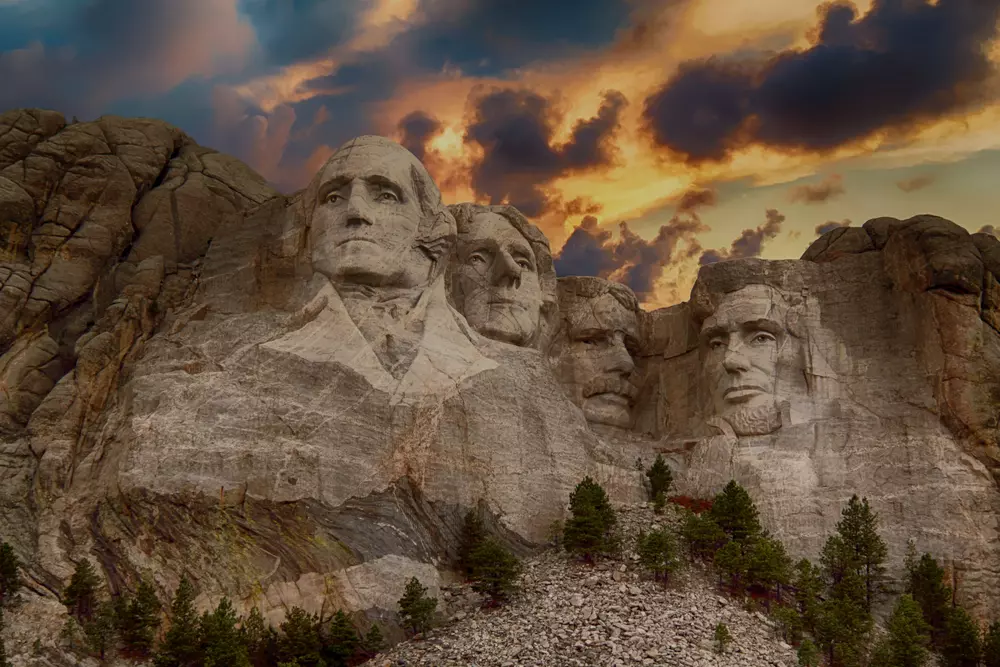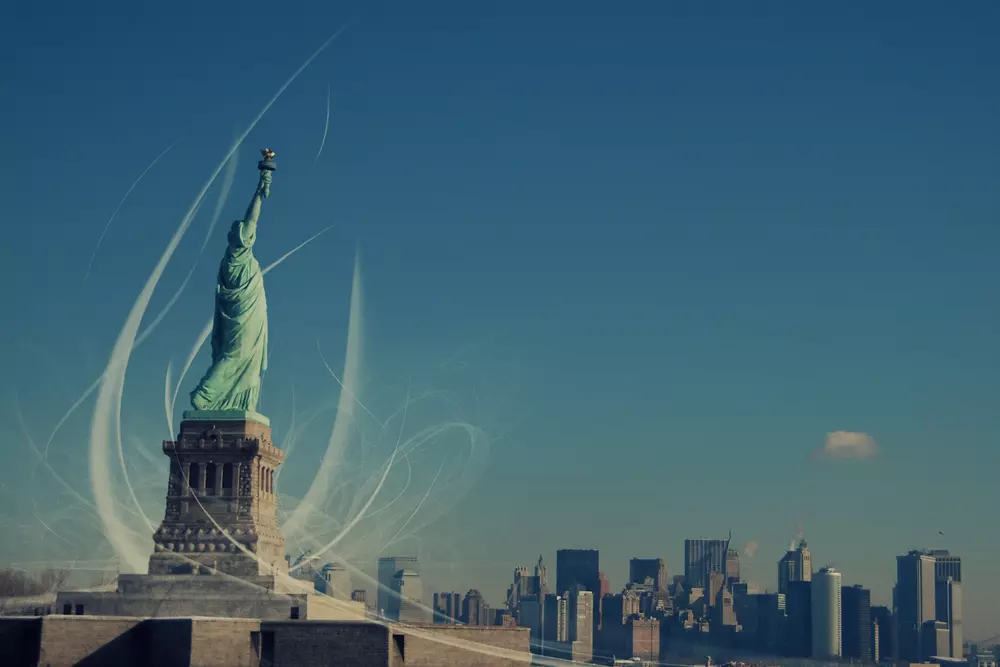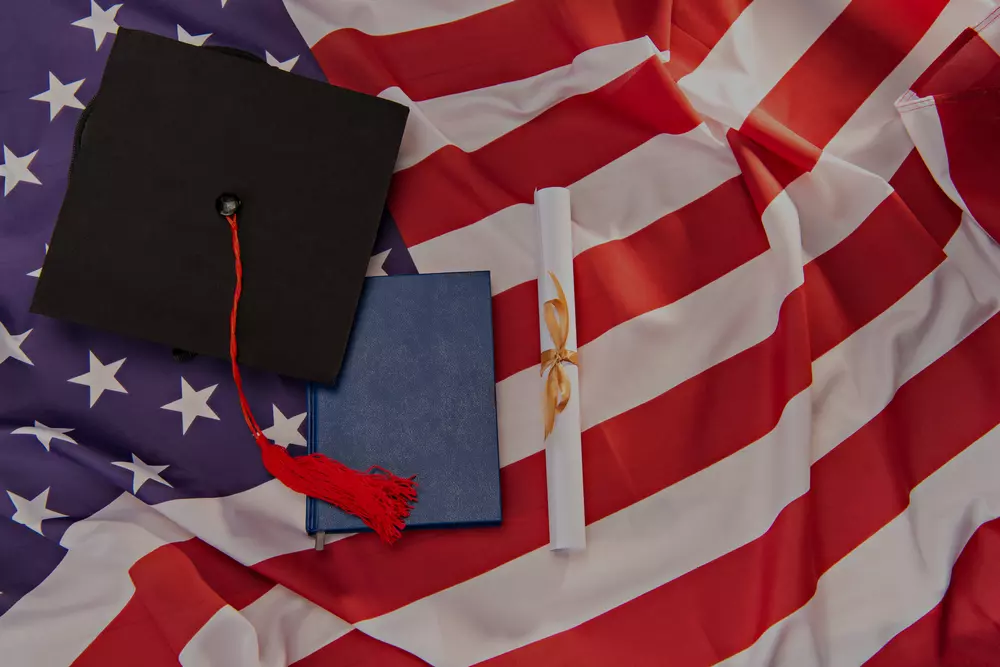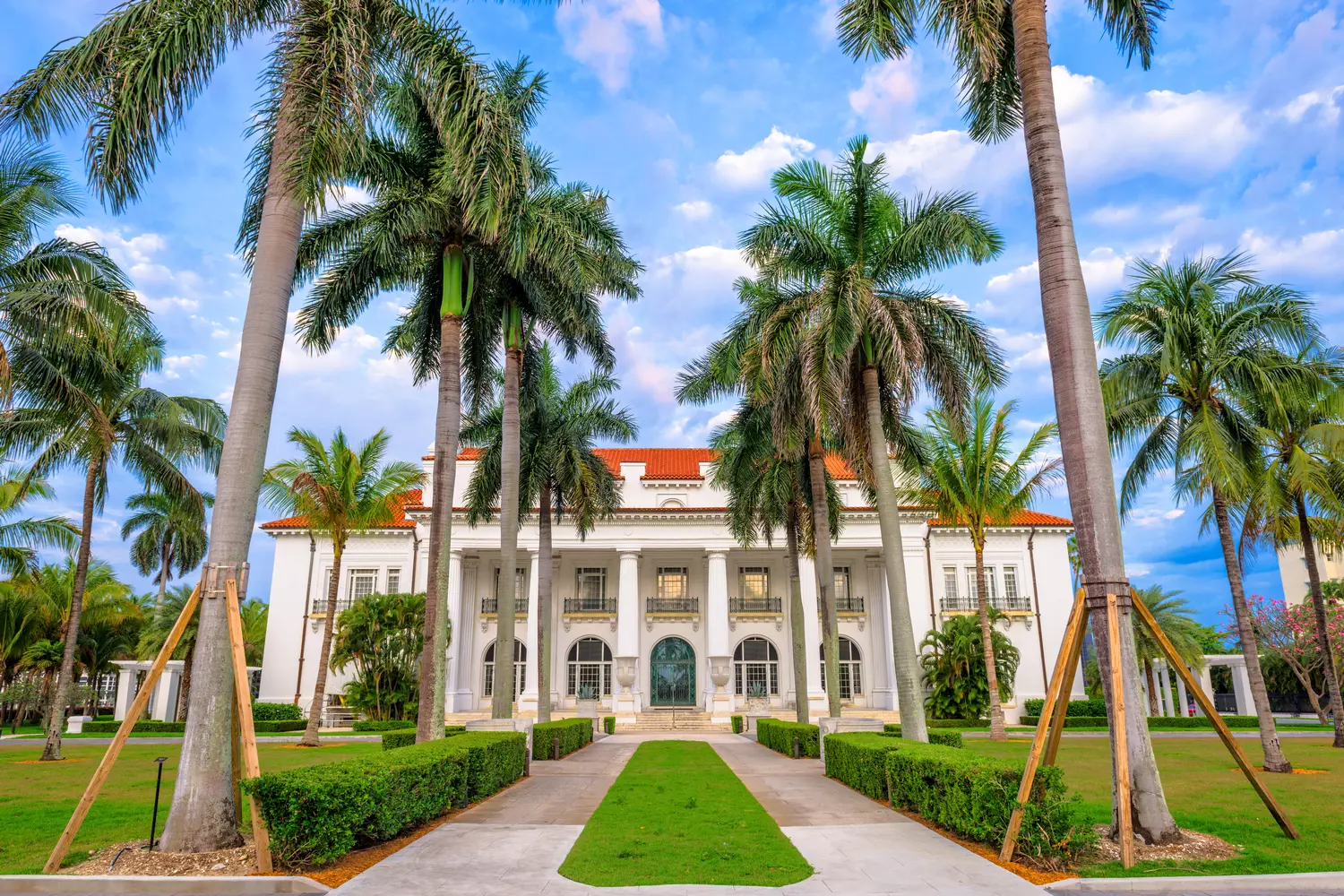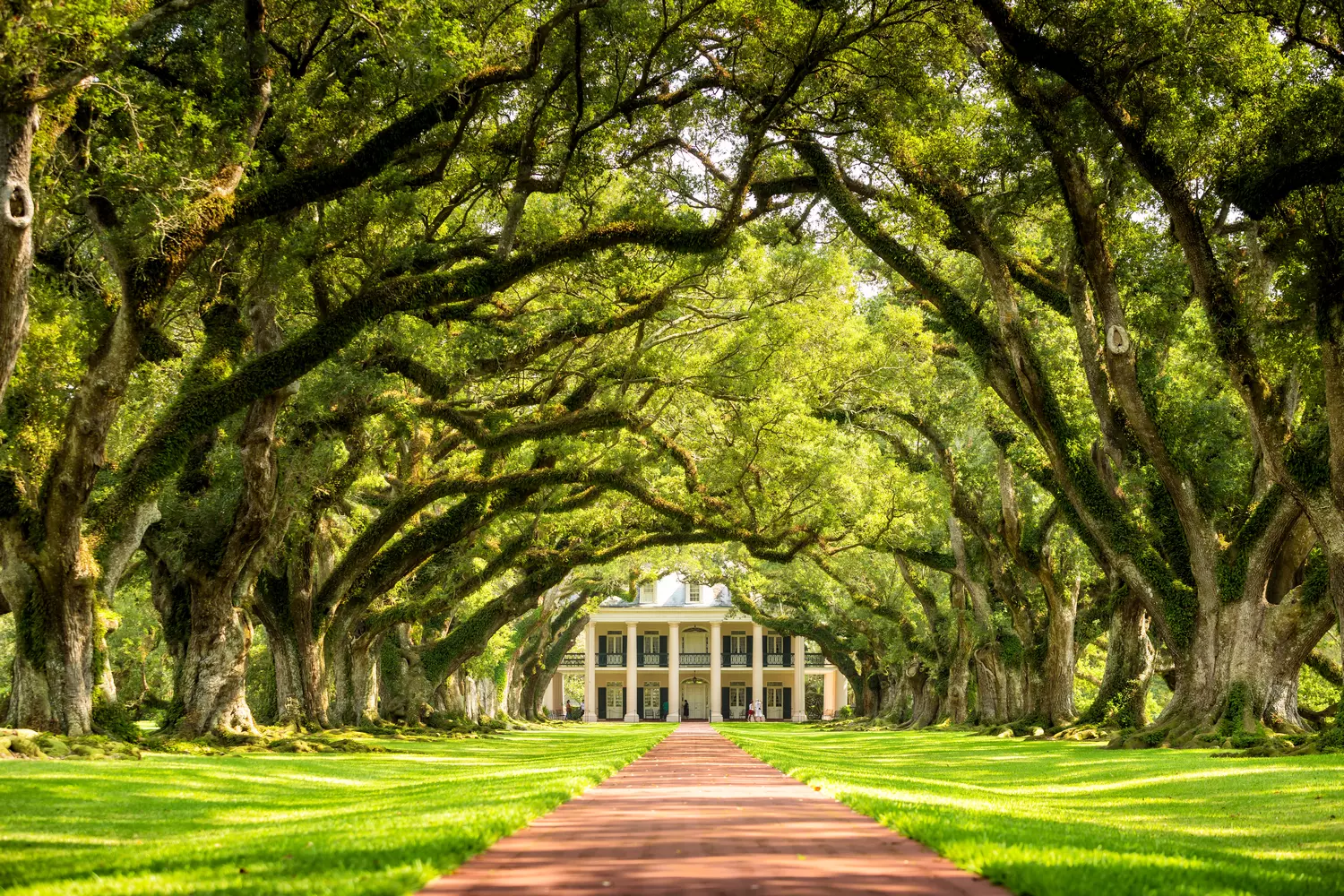The name Jeff Bezos is familiar to anyone who has ever ordered goods online. He didn't just found Amazon — he completely transformed how we shop, read, watch movies, and even think about the future. His journey isn't a fairytale, but a consistent, sometimes tough, yet incredibly logical path of a person who saw further than others.
In this article, we will tell the story of how a boy from Texas became one of the most influential people on the planet. You will learn not only about the triumphs but also about the difficult decisions, personal dramas, and what drives a man who dreams of conquering space.
Childhood and Youth of Jeff Bezos
Jeff Bezos was born in 1964 in Albuquerque, New Mexico. His mother, Jackie, was a teenager when she became pregnant. Her relationship with his biological father didn't work out, and shortly after his birth, she divorced. When Jeff was about four years old, she married a Cuban man named Mike Bezos. It is his last name that Jeff received.

Mike worked as an engineer, and the family moved frequently. At one point, they settled in Houston, where Jeff developed a passion for science and technology. As a child, he would take apart toys to understand how they worked. Once, according to his mother, he tried to unscrew the back of his crib with a screwdriver because it was preventing him from sitting like an adult.
By high school, Jeff had developed a strong interest in computers. He built circuits, wrote simple programs, and even started a small school business. Together with friends, he founded the "Space Laboratory," where they conducted experiments and discussed ideas about the future. Teachers remembered him as someone with unconventional thinking and iron logic.
Bezos' youth passed without major events, but it was during this time that the qualities began to form that would later help him build one of the most influential companies in the world.
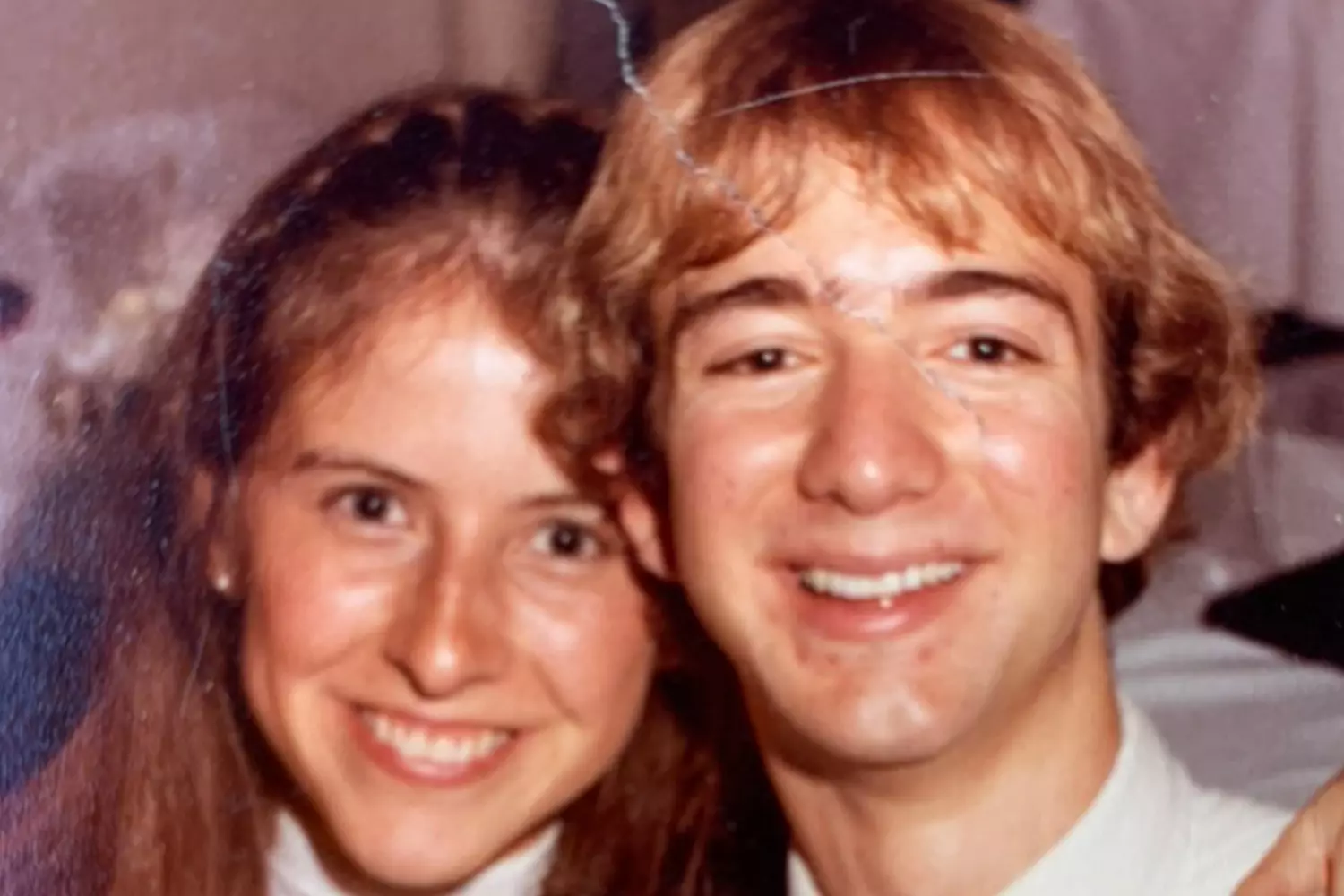
Education and Early Career Steps
After graduating high school with honors, Jeff Bezos enrolled at Princeton University — one of the most prestigious universities in the United States. Initially, he planned to study physics, but he quickly realized that his true strength lay in engineering and logic. He transferred to the Department of Electrical Engineering and Computer Science. His studies were challenging, but Bezos was persistent. He spent a lot of time in laboratories, dissecting complex algorithms and mathematical models.
At the university, he not only studied but also began to think about the future. Even then, he was interested in issues related to automation, the internet, and scalable technologies. He didn't dream of becoming a scientist — he was drawn to creating something practical, something that would change everyday life.
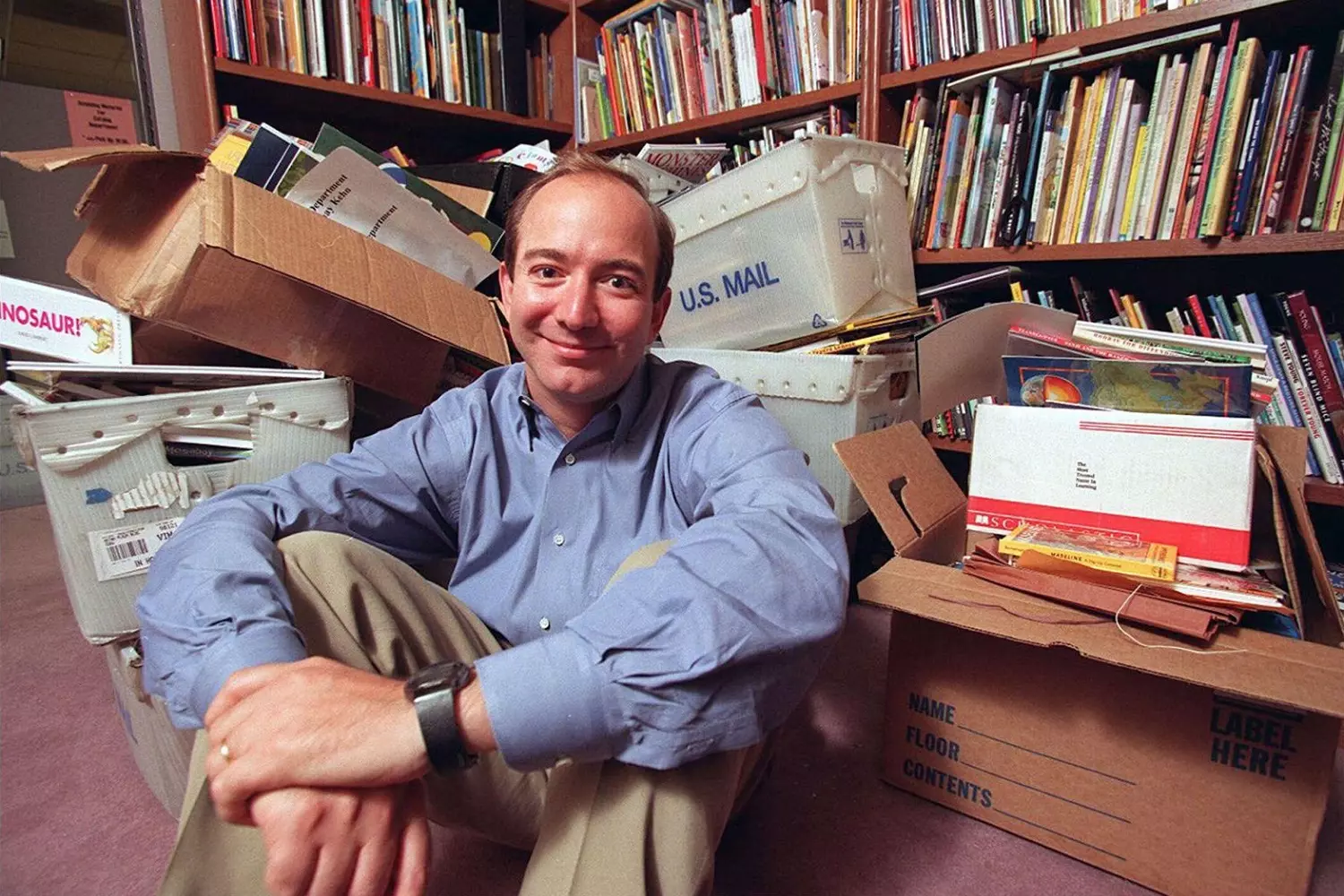
After graduating in 1986, Bezos received several attractive job offers. He chose to work at Fitel — a small startup involved in international trading platforms. Here, he first encountered the real world of high technology. After a few years, he moved to Bankers Trust, and then to the investment firm D. E. Shaw. There, he quickly climbed the career ladder and became one of the vice presidents. This was a rare achievement for someone his age.
At D. E. Shaw, he was involved in developing algorithms for working with large volumes of data. He enjoyed analyzing, building models, and finding unconventional solutions. But most importantly, it was here that he first seriously considered the commercial potential of the internet.
In the early 1990s, the growth in the number of World Wide Web users was rapid, and Bezos realized that this was not just a trend, but an entire direction that held the future.
He then compiled a list of potential business ideas related to the internet. One of them was the online sale of books. He calculated that this model was scalable, understandable, and had a low barrier to entry. In 1994, despite his high position and stable income, he left the company to pursue his own project. His parents didn't immediately understand his decision but supported him financially — investing a portion of their savings in their son's venture. This marked the beginning of a new chapter in the life of Jeff Bezos.
The Creation of Amazon
The idea to create an online store didn't come to Jeff Bezos spontaneously. He studied internet growth statistics and saw that the number of users was increasing almost tenfold annually. This didn't just interest him — he took it as a call to action. He compiled a list of twenty potential directions for an online business. The list included: selling software, CDs, office supplies, books, and more. Books turned out to be the most logical choice. At that time, there were over three million book titles in the world, and no regular store could accommodate such an assortment. The internet, however, allowed selling everything without needing shelves or displays.
In 1994, Jeff Bezos quit his job in New York, got in his car, and headed west across the United States. Along the way, he wrote his business plan and called potential partners. He settled in Seattle — the city was close to major book distributors and had good technological infrastructure.
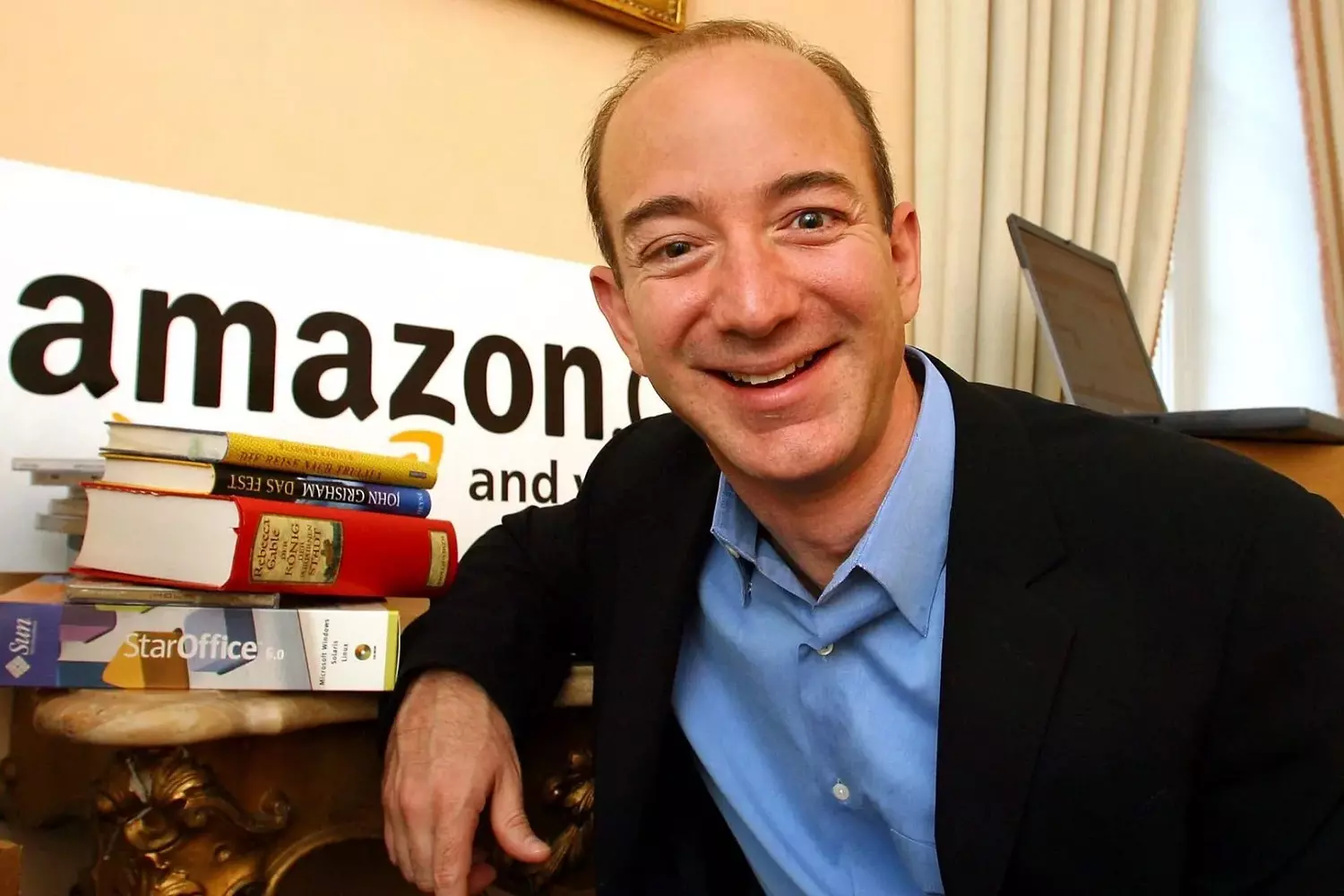
The company was named Amazon — after the longest river in the world. Bezos wanted his company to become the largest in its field as well. The name started with the letter A — this ensured high positions in alphabetical listings, which was also important in the 90s.
Amazon started small.
What it was like in the very beginning:
- an office in a garage,
- a hand-built server,
- a team of three people, including Bezos himself,
- books purchased from a distributor upon customer order.
The first orders came in just a few days after the website launched. People were ready to buy books online — quickly, conveniently, and with home delivery. Bezos personally packed orders, took boxes to the post office, and answered customer emails himself. He was obsessed with the quality of service and carefully tracked what customers were saying.
The company's growth was rapid. In its first two months of operation, Amazon sold books in every one of the 50 U.S. states and in more than 40 countries. This was a direct signal — the business model worked, and the interest in it was enormous.
From the very beginning, Bezos laid down the principles on which all work was built:
- maximum convenience for the customer,
- a wide assortment,
- minimal prices,
- constant scaling and innovation.
Amazon did not make a profit in its early years, but investors continued to invest — they saw the potential. Bezos believed that the main thing was not to earn quickly, but to secure a position for years to come. His strategy proved correct. By the end of the 90s, Amazon went public and began to transform into a true technological empire.
Tesla: revolution in automotive and tech
Company Expansion and Growth
After the successful launch of Amazon as an online bookstore, Jeff Bezos didn't stop there. He understood that online commerce wasn't a niche, but an entire ecosystem capable of encompassing any area of consumption. By the late 1990s, the company began to expand its product range. First came CDs, then electronics, toys, household goods, and even furniture.
Bezos used a simple but powerful formula: the more products, the more customers; the more customers, the stronger the brand.
To avoid dependence on third-party logistics solutions, Amazon began building its own warehouses and automated fulfillment centers. This allowed them to reduce delivery times and lower costs. At one point, the company itself became a technological leader in logistics — it implemented robots, optimized routes, and accurately predicted demand.
Key stages of Amazon's growth:
- 2000s — launch of Amazon Prime, a paid subscription with free, fast shipping and bonuses. This step was strategically important: customers began ordering more frequently, and loyalty levels increased.
- 2006 — launch of Amazon Web Services (AWS). This division provided cloud servers to other companies. Today, it generates the lion's share of Amazon's profits and serves the world's largest corporations.
- 2010s — development of Amazon Studios and the acquisition of rights to films and series. The company began producing its own video content, competing with Netflix and HBO.
- 2017 — acquisition of the supermarket chain Whole Foods for $13.7 billion. This brought Amazon into the realm of offline retail and grocery sales.
- Investments in artificial intelligence — the voice assistant Alexa, smart speakers, and home devices. Amazon entered the daily lives of millions of people.
In parallel, the company began to enter international markets — first Canada, the United Kingdom, Germany, then India, Japan, and Australia. In each country, Amazon adapted its business to local realities but always adhered to its philosophy: convenience, scale, and technological advancement.
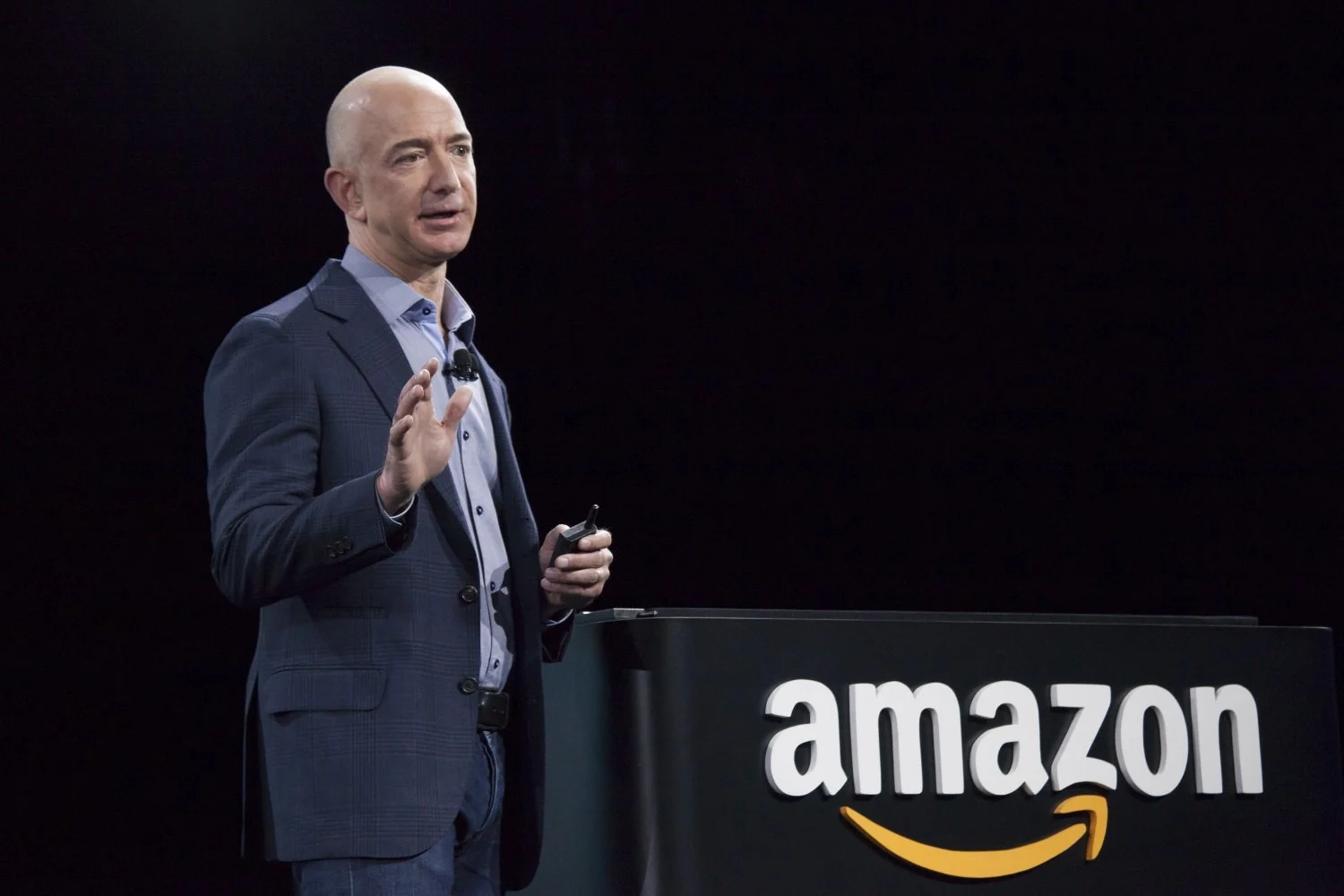
Jeff Bezos personally participated in making key decisions. He continued to hold meetings with department heads, demanded accuracy and analysis, and was strict about mistakes. His management style could be described as demanding but systematic. He required not just results — he wanted explanations, conclusions, and a plan for the future.
By the early 2020s, Amazon was already selling millions of products, operating in dozens of countries, employing hundreds of thousands of people, and had become a part of the familiar world for millions. It was not just a store — it was an infrastructure of consumption, technology, and logistics, created according to the vision of one person.
Net Worth and Place Among World Billionaires
Jeff Bezos first entered Forbes' list of billionaires in 1999. At that time, his fortune was estimated at around $10 billion — a result of the rapid growth of Amazon's stock amid the dot-com boom. However, the real financial leap occurred later, when the company transformed from a simply successful retailer into a global technology giant.
By 2017, Bezos had surpassed Bill Gates to become the richest person in the world. His wealth continued to grow along with Amazon's market capitalization. He periodically exchanged places with Elon Musk, depending on market fluctuations, but in any case, remained in the top 2 of global billionaires.
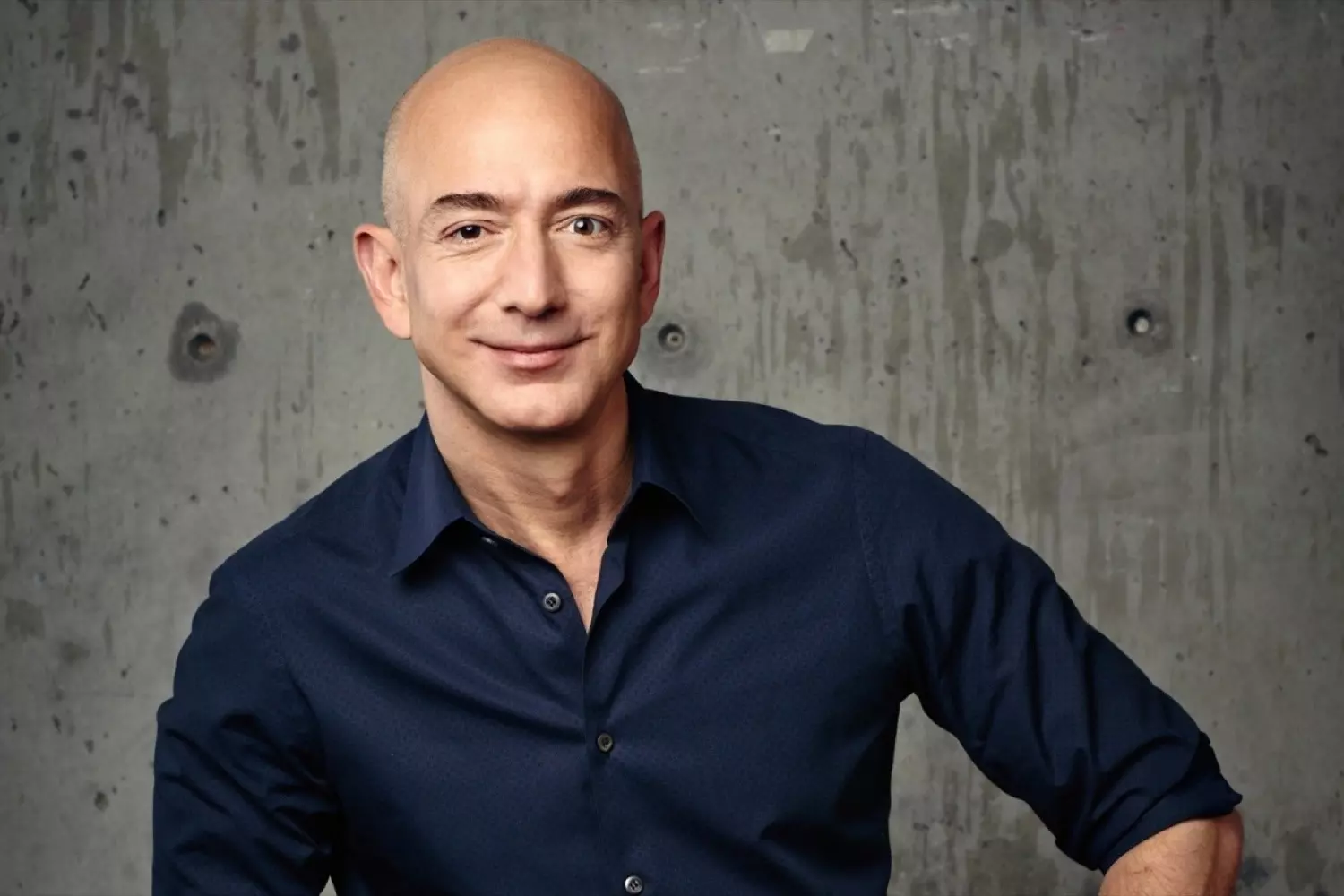
The majority of his capital consisted of Amazon stock. He owned a large stake but gradually began to reduce it — initially for investments in other projects, then due to his divorce from MacKenzie Scott, who received about a quarter of the shares owned by the couple. Nevertheless, this barely affected his leadership — Amazon continued to grow, and the company's capitalization exceeded one trillion dollars.
What Bezos' wealth influences:
- He is one of the largest shareholders of Amazon, so his decisions still carry weight.
- Thanks to his personal funds, he finances projects that ordinary investors would hardly be interested in — for example, Blue Origin.
- He participates in major charitable initiatives, investing in education, poverty reduction, and environmental protection.
Despite his incredible income, Bezos rarely displays extravagance. He owns several homes, a private jet, and a yacht, but he does not lead the public life of a billionaire collector. His style is businesslike, reserved, and focused on technology and the future.
Today, Bezos' name is not just a symbol of wealth. It is a name associated with an empire built from scratch, with influence on the global economy, with a new type of entrepreneur — systematic, calculated, and focused on the long term.
Personal Life
Jeff Bezos' personal life remained largely out of the press spotlight for a long time. He did not seek to make a show of it and behaved discreetly even after becoming a public figure. He met his first wife, MacKenzie Scott, in the early 1990s when they both worked at the investment firm D. E. Shaw. She was one of the few who immediately believed in his idea of an online bookstore and supported him when he decided to leave his prestigious job.
They married in 1993 and moved together to Seattle, where Amazon was starting. MacKenzie didn't just observe the project from the sidelines — she participated in its launch, handling accounting, logistics, and working with the first shipments. The couple had four children, three biological and one adopted.
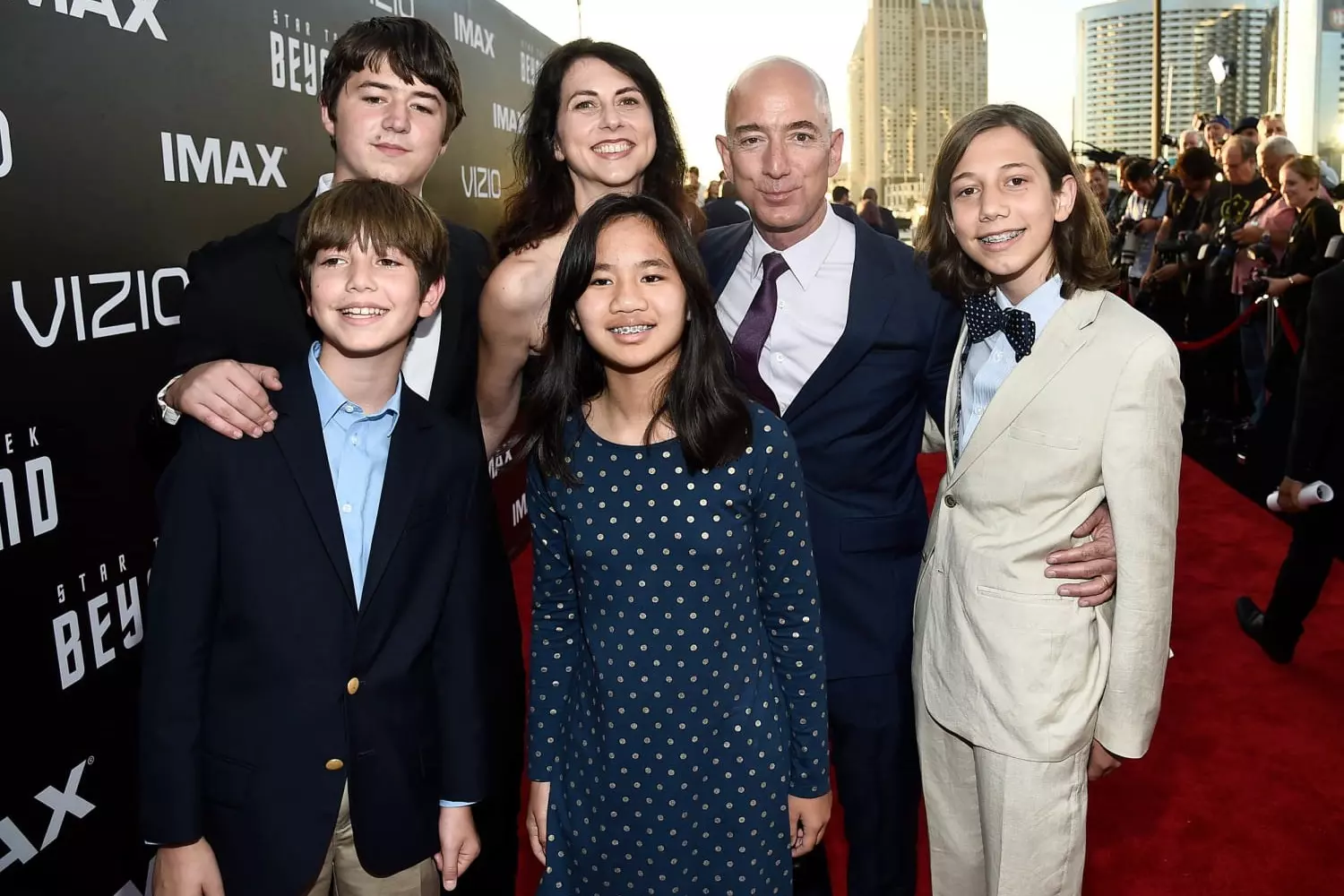
The marriage lasted 25 years, but in 2019, the couple announced their divorce. This became a high-profile event not only because of Bezos' public status but also because the division of assets became one of the largest in history. MacKenzie received approximately 4% of Amazon's shares, becoming one of the wealthiest women in the world. However, she did not remain on this list for long — within a few months, she began actively donating a significant portion of her funds to charity.
After the divorce, Bezos began appearing in public with television host and former journalist Lauren Sánchez. Their relationship began to be discussed in the press, but Bezos himself did not seek to comment on the details. He continued to focus on his businesses, paying increasing attention to his space project Blue Origin, as well as various investments and foundations.
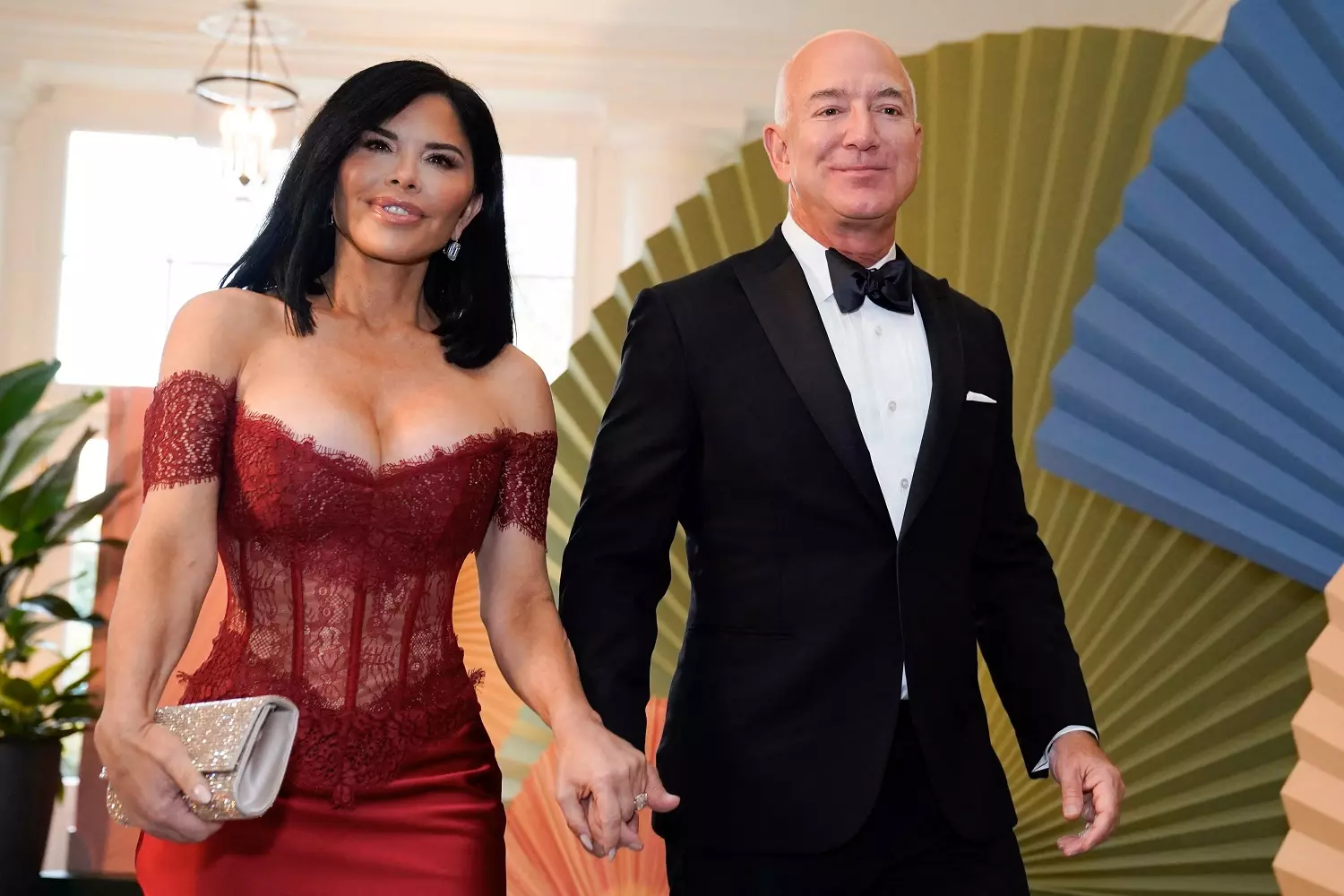
Occasionally, he shares snippets of his personal life on social media — posting photos with his partner, talking about travels, or about spending time with his children. But overall, his image remains quite private. He does not participate in talk shows, does not discuss family life, and tries to avoid unnecessary publicity.
For Bezos, personal life is more of a quiet zone away from business turbulence. He does not make it part of his image, preferring to speak through his actions rather than through interviews.
Blue Origin and the Fascination with Space
Jeff Bezos' interest in space predates the creation of Amazon by a long time. Even in childhood, he devoured science fiction, watched space programs, and dreamed of becoming an engineer who would build rockets. This dream didn't disappear with age — it simply awaited its time.
In 2000, almost secretly from the public, he founded the company Blue Origin. At that time, Amazon was not yet generating stable profits, and the project seemed like the fantasy of a wealthy dreamer. But for Bezos, this was not a whim but a long-term goal. He was in no hurry — the company developed slowly, step by step, without громких (loud) announcements. Bezos himself said that Blue Origin was a decades-long investment.
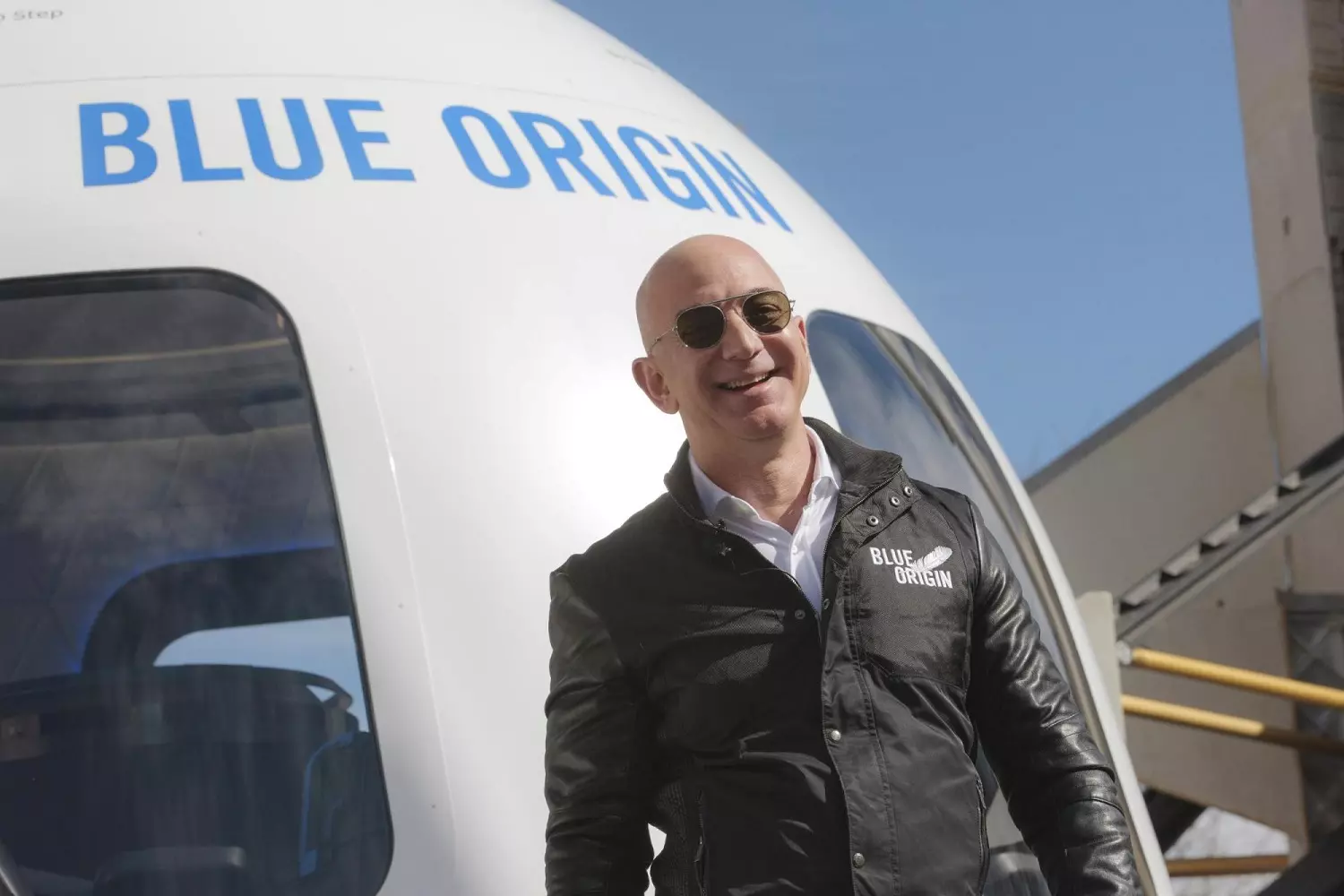
The main idea of the project is to make space travel more accessible and frequent. Unlike Elon Musk and SpaceX, who aimed to reach orbit and work with NASA, Blue Origin from the very beginning focused on suborbital flights and the development of space tourism.
What Blue Origin has done:
- created and successfully tested the reusable New Shepard rocket,
- launched a series of suborbital flights with mannequins, and then with people,
- in 2021, sent Bezos into space aboard New Shepard — this was his first personal flight,
- developed the heavy-lift rocket New Glenn, intended for larger-scale missions,
- won a NASA tender to participate in the creation of a lunar lander.
According to Bezos, space exploration is not just a scientific interest. He believes that in the future, humanity must move heavy industry beyond Earth to preserve the planet's resources. In one interview, he said:
What we’re really trying to do is build reusable space vehicles. It’s the only way to build a road to space, and we need to build a road to space so that our children can build the future.
He invests a significant portion of his wealth in Blue Origin — about a billion dollars annually — and he does so consciously. For him, space is not a hobby or a race with Musk. It is a deep inner mission related to the future of civilization.
Bezos is not in a hurry. He doesn't bet on quick wins. His approach is engineering-focused, precise, and consistent. He is building a system, not a show. Blue Origin is a reflection of this approach: fewer громких (loud) words, more development, testing, and calculations.
Image and Influence
Jeff Bezos' image has evolved along with his career. In the 1990s, he was an ordinary entrepreneur in jeans and with disheveled hair, packing books himself in a garage. In the 2000s, he became a symbol of internet commerce and the digital age, and by the 2010s, the embodiment of an ambitious technological leader. Over time, he changed his image: appearing in public with a muscular physique, wearing designer shirts, with a confident manner of speaking and a cold business acumen.
Many compare him to Elon Musk, but they have different styles. Musk is loud, spontaneous, and flamboyant. Bezos is systematic, calculated, and laconic. His decisions are rarely emotional; he relies on data rather than intuition.
How his influence manifests:
- He completely changed retail: online shopping became the new normal.
- He introduced cloud technologies into everyday life thanks to Amazon Web Services.
- He established customer service standards that even his competitors now follow.
- He sparked a new wave of interest in space by investing personal funds in the Blue Origin project.
- He became an example for thousands of entrepreneurs who study his letters to shareholders as business textbooks.
He rarely gives interviews, but every statement he makes is dissected and quoted. He doesn't pretend to be a prophet, but his ideas about the future command respect even from skeptics. He knows how to think decades ahead and never takes steps "just for today."
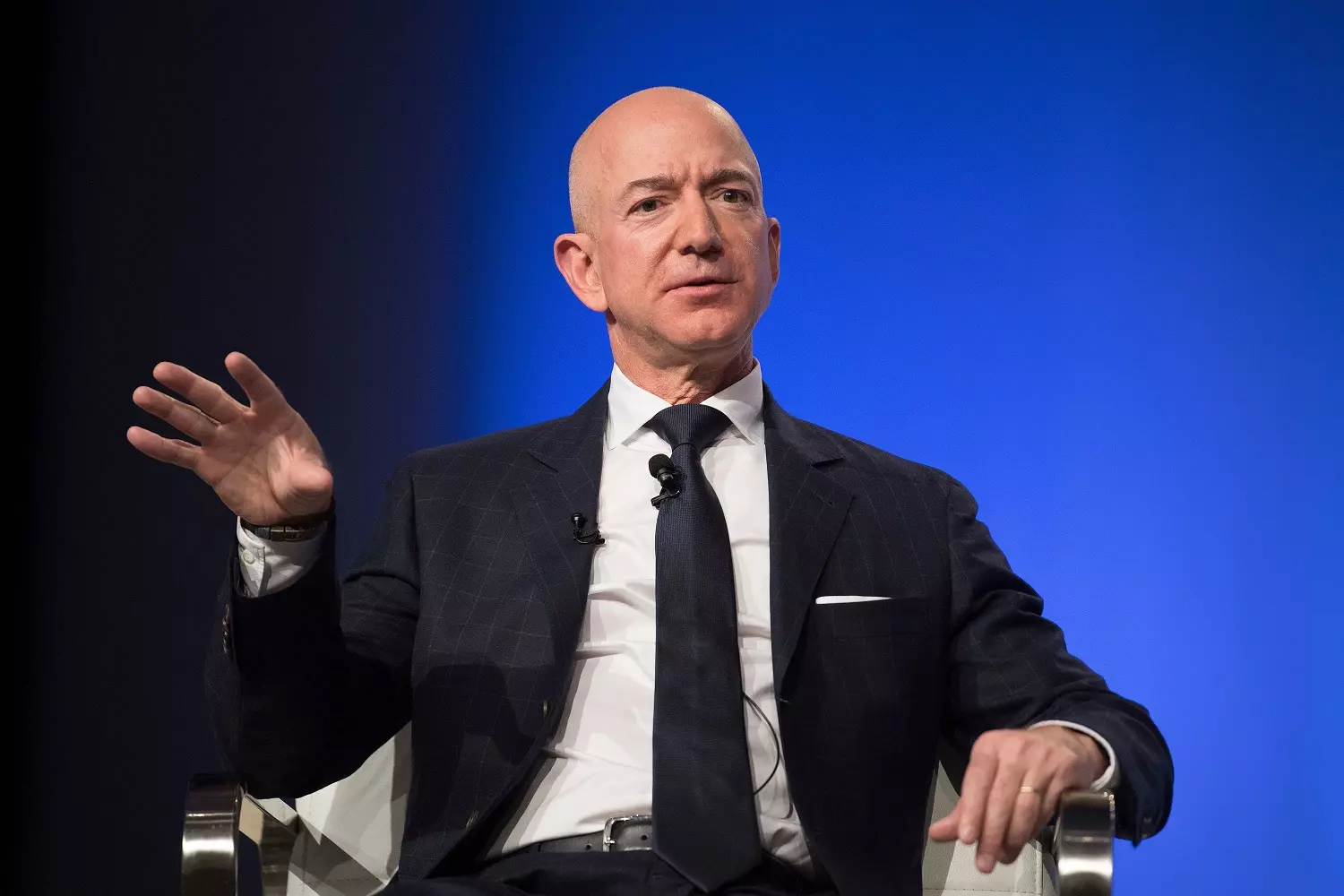
The story of Jeff Bezos is a journey from a shy boy from a Texas farm to one of the most influential people of the 21st century. He didn't inherit an empire and didn't achieve success by chance. Everything he has was built piece by piece, with patience and a long-term perspective.
His success doesn't lie solely in the realm of technology or business. It's an example of thinking without limits. He doesn't just build companies — he builds the infrastructure of the future. And perhaps, that's how he will be regarded years from now — as a person who once pushed the boundaries of the familiar and proposed a different scale of reality.














